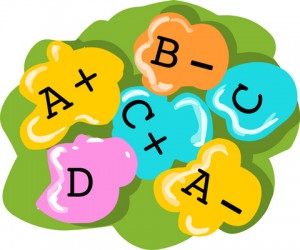Here is a short list of characteristics of teachers that work to be their best for their students:
- The student is the center of the learning experience; not the teacher.
- We want students to demonstrate what they know and are able to do. It's not enough for students to merely sit and listen and take notes.
- Learning new tech resources for use as instructional tools in the classroom and as learning tools for students.
- Less paper and more use of digital resources
- Using Twitter to connect with other educators and to learn with other educators.
- Learning about and implementing student engagement strategies in the classroom.
The need to improve is necessary because students learn differently. Teaching in a single style may be OK for some students, but it is not sufficient to reach all of our students. When students struggle to learn, teachers need to use different strategies to help them. We often joke that repeating the same information SLOWER and LOUDER is not an effective strategy for students who didn't "get it" the first time. Part of the journey toward being an effective teacher is learning about your students and discovering better ways to help them to learn.
Teachers learn from a variety of sources. Over 50% of teachers earn a Master's degree at some point in their teaching career. Teachers take online courses, teachers read journals. But most of all, teachers talk with other teachers--online and in person--to learn from their experiences and improve their skills. Teachers who strive to improve are better teachers for their students.

















